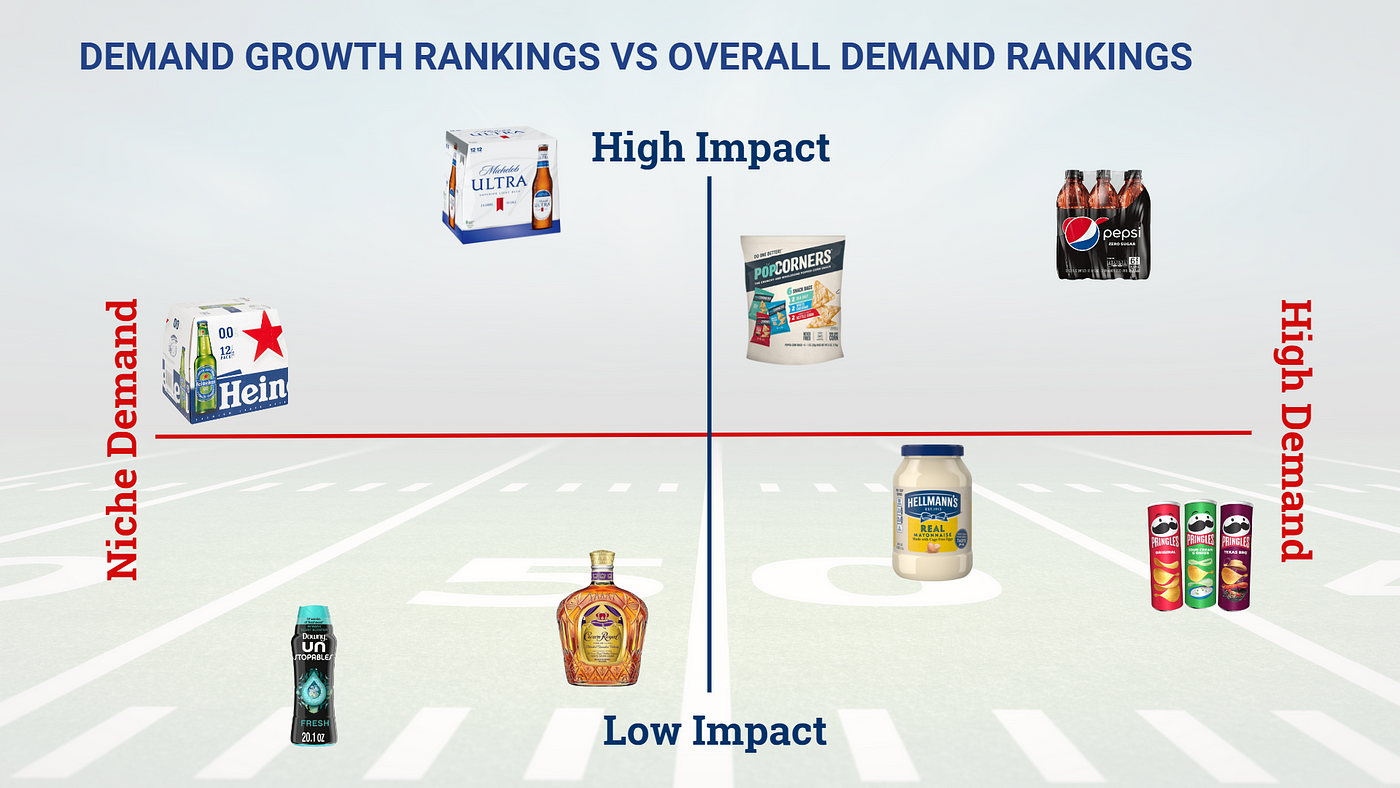Why Market Research Fails To Deliver Growth (And How This Will Change)

Plenty of entrepreneurs and companies have successfully launched products without conducting what’s referred to today as market research. Market research is a relatively new field. Survey research, for example, is a practice that is barely two hundred years old. Nevertheless, there are countless examples of products and services that were successfully introduced for thousands of years. If market research is so important, how did businesses survive and thrive before it was a common practice?
Innovation has always been — and mostly still is — a brutal iteration process. Put simply, this process starts with an idea and ends either in failure or success. An overwhelming majority of ideas end up in the failure basket, costing time and money. The failure rate ranges between 80–99% depending on how you define failure. To make matters worse, this time and money is spent before you know whether your innovation will work. These costs can be significant enough to wipe out small entrepreneurs financially, and it can sting if you’re a large company.
The potential upside is significant enough to keep trying. The innovation process is often precisely that: try to market an innovation and see. Either you succeed and continue to invest, or you fail and wonder what went wrong. You could increase your chances of success by simply trying more often and learning from each trial what does and doesn’t work. The major challenge remains that each iteration from idea to market is so all-consuming that you can usually only try once. Today’s market research shortcuts this process by providing fast and cheap feedback compared to going all-in for a market launch.
But does it work?
Unfortunately, it is not enough to deliver growth. Although faster than waiting for the numbers from a market launch, market research is still very slow (weeks, if not months). Also, the feedback you’re getting from standard market research is noisy compared to the crystal clear market feedback. Traditional market research succeeds in providing the ability to test more ideas but fails to provide convincingly reliable and predictive feedback.
What if you could iterate as fast as you can come up with your next idea AND with feedback as brutally honest as that of a market launch?
Sure, this may sound like a fantasy. However, recent behavioral science and e-commerce developments are getting closer to making this a reality. Platforms such as Kickstarter and Indiegogo are some of the first that embody this approach. This means that innovations can be tested rapidly against actual markets without risking expensive ship-sinking failures.
At Veylinx, we fully embrace this new approach to market research. We’re the first market research company that uses actual markets to test innovations. Whether it’s a new product, positioning, claim, or any other change, it is assessed by consumers voting with their wallets. Not words but consumer actions show which innovations will succeed.
We expect that market research and (e)commerce will become even more intertwined over time. This will shorten and strengthen the innovation feedback loop even more, making it easier to iterate and launch innovations with minimal risks. This will radically improve how entrepreneurs and companies innovate — changing the meaning of market research completely.
Veylinx is a research technology company that uses a Nobel prize-winning approach to reveal behavioral consumer insights. Veylinx measures consumers’ real purchase intent instead of using hypothetical questions. Veylinx has won several awards for its unique and innovative approach, including the IIeX Insight Innovation Competition.
Tags:
October 31, 2018


Comments